Results
-
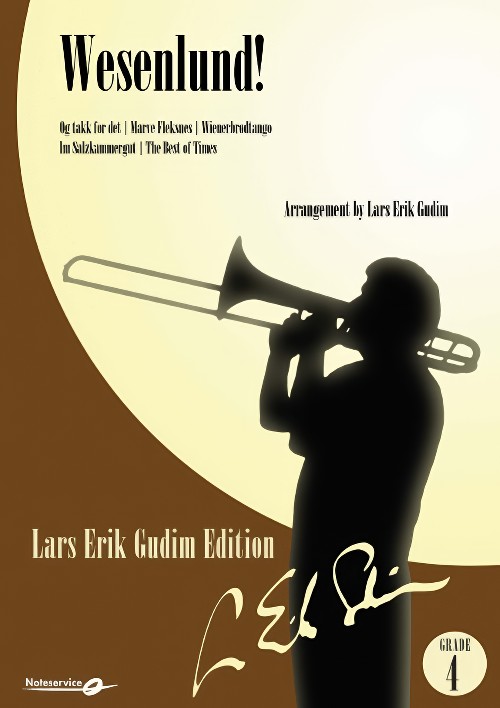 £140.00
£140.00Wesenlund! (Concert Band - Score and Parts) - Gudim, Lars Erik
Rolv Wesenlund (1936-2013) was an Norwegian actor, comedian, singer and record producer. He appeared in many musicals, movies and TV-series from mid 1960's to 2010. This instrumental arrangement presents five of the songs he was closely connected to: Ok takk for det (TV-series produced by The Norwegian Broadcasting Corporation in 1969); Marve Fleksnes (From the TV-series "Fleksnes fataliteter"); Wienerbr?dtango (From the Musical "B?r B?rson Jr."); Im Salzkammergut (From the Operetta "Summer i Tyrol"); The Best of Times (From the Musical "La Cage aux Folles"). Duration: 2.45
Estimated dispatch 7-14 working days
-
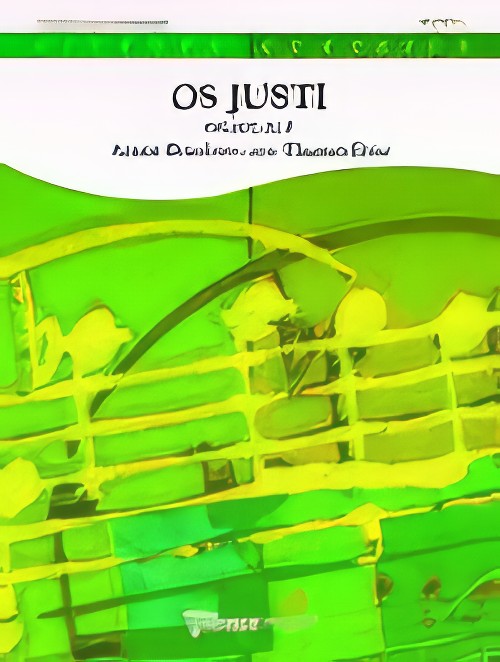 £84.99
£84.99Os Justi (Concert Band - Score and Parts) - Bruckner, Anton - Doss, Thomas
Anton Bruckner is probably best known today as a symphonist however he was also a significant composer of religious works, motets and masses, and the composer of the great Te Deum. These choral works portray equally as much of Anton Bruckner's power as his symphonies. With his unique gift for unlocking the secret and beauty of choir singing he was a true master in this genre. This arrangement for concert band by Thomas Doss retains the character and homogeneity of the original choral work and is a stunning addition to the concert band repertoire.Duration: 3:45
Estimated dispatch 7-14 working days
-
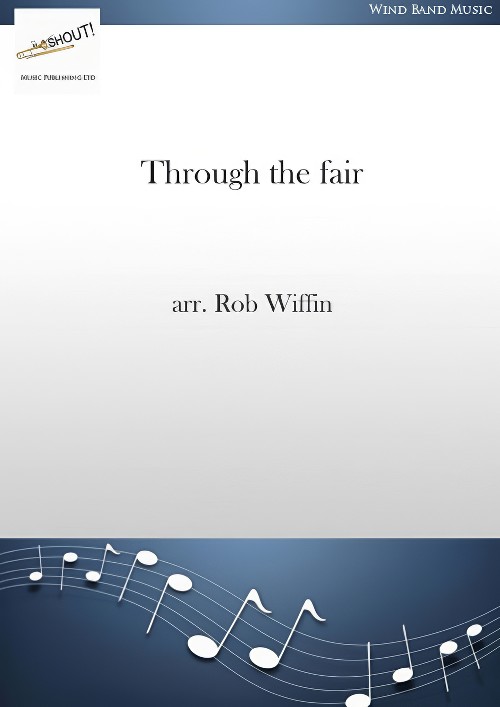 £36.95
£36.95Through the fair (Vocal Solo with Concert Band - Score and Parts) - Wiffin, Rob
The traditional Irish folk song set for voice and band. This haunting melody tells the sad story of two Irish lovers. The boy fell in love when he saw her as she 'moved through the fair'. Despite their differing social standing they received parental permission to marry but the girl did not return. In the closing verse of the song he dreams of her moving through the fair but realises that she has, in fact, died. This arrangement is for voice and band and featured on the RAF Massed Bands Tour 2000 and was recorded on Festival of Music 2000 Polyphonic QPRM 136D.Duration: 3.29
Estimated dispatch 7-14 working days
-
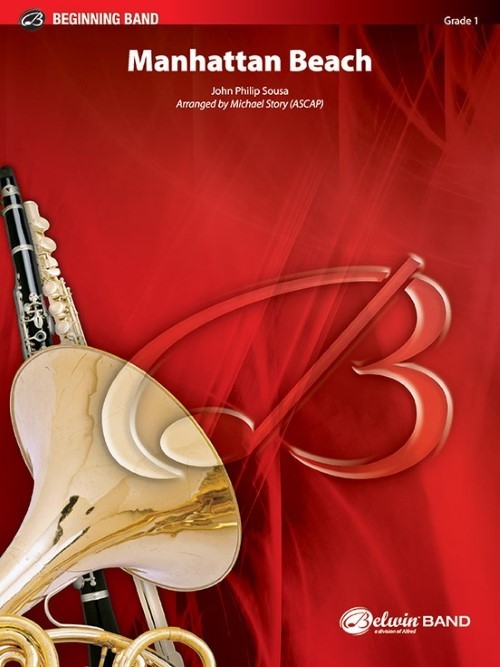 £55.50
£55.50Manhattan Beach (Concert Band - Score and Parts) - Sousa, John Philip - Story, Michael
Although John Philip Sousa is stereotyped as a march writer, he composed music in many forms. But, of course, it's his marches that have brought his name to millions of performers and listeners the world over. Of the hundreds of marches he wrote, many are still among the most performed of the medium. Michael Story has chosen this classic Sousa work and removed the technical difficulties so it can be enjoyed by even the youngest ensemble or band. Relish this music of the "March King"! Duration: 1.30
Estimated dispatch 7-14 working days
-
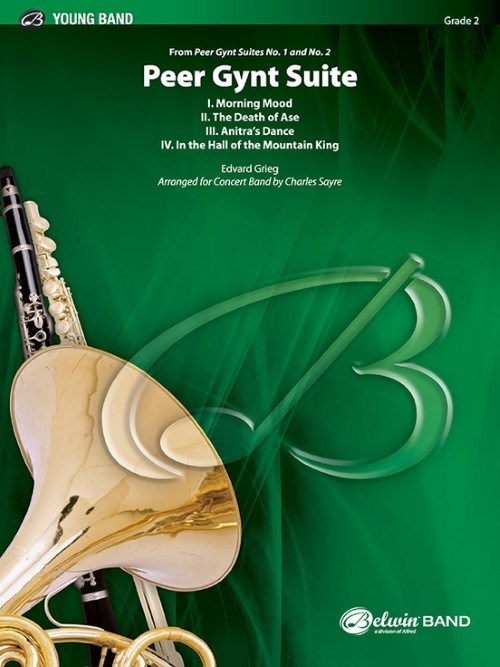 £58.50
£58.50Peer Gynt Suite (Concert Band - Score and Parts) - Grieg, Edvard - Sayre, Charles
Edvard Grieg's early musical training took place in Germany, but philosophical constraints sent him back to his native Norway, where he began what is now referred to as the Norwegian School. He is best known for his Peery Gynt Suites, No. 1 & No. 2, originally written as orchestral suites and as incidental accompaniments for Ibsen's epic drama. This sparkling scoring includes Morning Mood, The Death of Ase, Anitra's Dance, and In The Hall Of The Mountain King. Duration: 5.00
Estimated dispatch 7-14 working days
-
 £76.99
£76.99Goodnight Saigon (Concert Band - Score and Parts) - Joel, Billy - Foster, Larry
Billy Joel began piano lessons when he was only 4 years old. At the age of 13 he discovered rock n roll and went on to produce countless hits in both rock and gentler styles. With this arrangement by Larry Foster De Haske has added on of Joel's most beautiful ballads to the concert band repertoire.Duration: 4.00
Estimated dispatch 7-14 working days
-
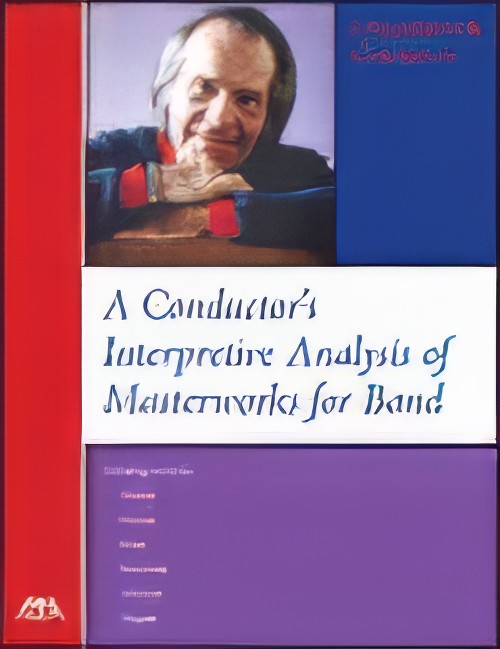 £18.99
£18.99CONDUCTOR'S INTERPRETIVE ANALYSIS OF MASTERWORKS FOR BAND, A - Fennell, Frederick
Frederick Fennell, widely acknowledged as the 'dean of American band conductors,' has freely shared what he called'"long-distilled thoughts' about the world's greatest music for band. In this collection, he covers original scores by Persichetti, Hanson, Schuman and Chance, as well as classic works by Wagner and Holst. Fennell's clear and to-the-point analysis/interpretations are based on a lifetime of careful research, rehearsals, and professional performances. In this informative work, you will find inspiration for a truly superior presentation of these masterworks for band. Includes: Divertimento for Band (Persichetti) Symphony for Band (Persichetti) Elsa's Procession to the Cathedral (Wagner) Chorale and Alleluia (Hanson) George Washington Bridge (W. Schuman) A Moorside Suite (Holst) Variations on a Korean Folk Song (Chance) I Really Do Love Marches! (Fennell).
Estimated dispatch 7-14 working days
-
 £89.10
£89.10From the Eye of the Storm
Mississippi composer, Ayatey Shabazz is a survivor of hurricane Katrina who lost both his home and the school where he taught to the storm. Soon after the storm was over Shabazz composed this stimulating and descriptive composition that explores the wide range of events and emotions he experienced during the tragic hurricane. Full of remarkable music that is sure to challenge your students, it is also a superior programming choice for better bands! Very highly recommended!
Estimated dispatch 7-14 working days
-
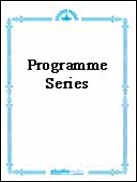 £49.95
£49.95SHE MOVED THROUGH THE FAIR (Soprano Sax) (Programme Concert Band) - Wiffin, Rob
This haunting melody tells the sad story of two irish lovers. The boy fell in love when he saw her as she 'moved through the fair'. Despite their differing social standing they received parental permission to marry but the girl did not return. In the closing verse of the song he dreams of her moving through the fair but realises that she has in fact died. This is a tune that will live with you for ever. American Grade 3. Duration 3:47
Estimated dispatch 7-14 working days
-
 £104.99
£104.99The Great Gate of Kiev Wind Band Set (Score & Parts)
The Russian composer Modest Mussorgsky (1839-1881) was self-educated to a large extent but went on to become one of the ?Mighty Five? which also included Balakirev, Cui, Borodin and Rimsky-Korsakov. Today he is considered the innovator of Russian music par excellence. He composed Pictures at an Exhibition in 1874, inspired by ten pictures produced by his then recently deceased friend, the Russian architect and artist Victor Hartmann. The French composer Maurice Ravel made an orchestration of Mussorgsky?s composition in 1922 which is now more well-known and more performed than the original piano suite. For his transcription of Pictures at an Exhibition, Tohru Takahashi made use of the original piano composition by Mussorgsky. The Great Gate of Kiev, issued here separately, is probably the best known melody from this classical masterpiece. 0:05:45
Estimated dispatch 7-14 working days
